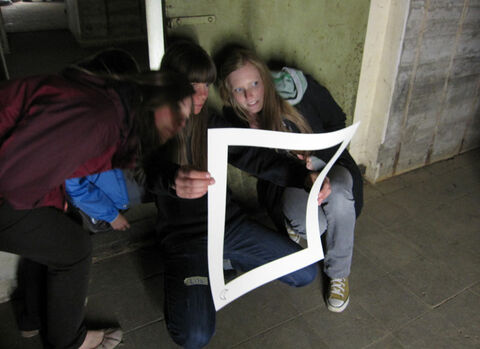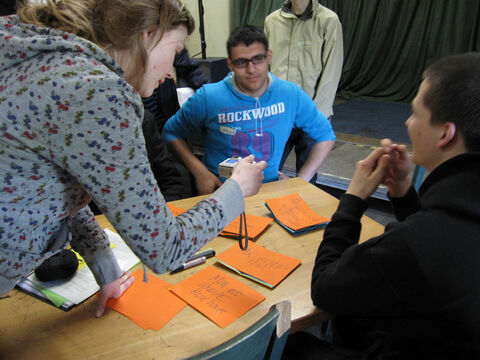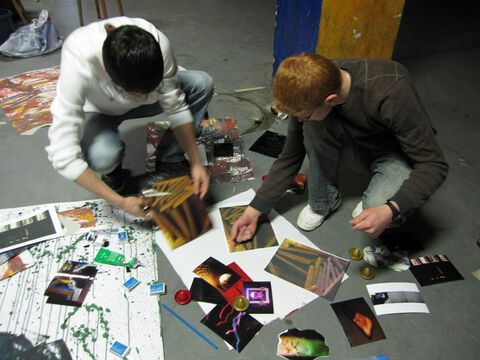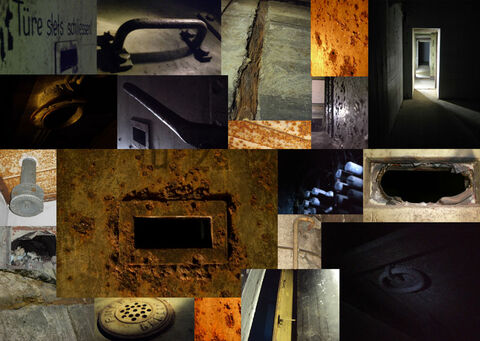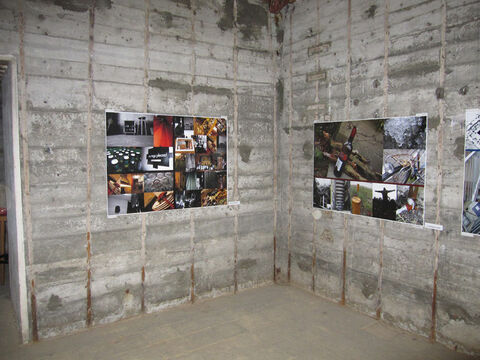Artist Project School University
1. Project's sketches
In the center of the project “Discover history by art. Artistic-aesthetic researches” stands the aesthetic-historical research of cultural and historic place through pupils. They will gain deeper insights into important artistic research strategies and subject-specific approaches within the subjects of art and history. Esthetic-historical research is explicitly subject-oriented, although the aesthetic research always stays behind visible research. Pupils are therefore closely involved in the artistic research processes. They determine the procedure in a great level.
A specific artistic-oriented project is the possibility, that pupils closely work together with artists and to get to know their artistic research position. First with this direct common work it is possible to experience in which scientific context moves the artist himself and how he shows knowledge from his artistic activity.
For this project could the photo artist from Siegen Thomas Kellner become a winner?
2. Participating people and institutions
In addition of linking the subjects of art and history there is a willingness to have an interdisciplinary networking between three schools and extra institutions, which are close in the same district: the comprehensive school of Giessen-East, the music and art association of Giessen (MuK) and the institute of art education of the JLU-University Giessen.
A particular detail of the project is that students of art education are involved into the research-and placement work (Fanita Benoit, Vanessa Friese, Nina Lindhorst, Kathrin Unger, Henrike Weiß). In addition of the intense involvement of pupils, the students can in this way get to know an important domain of activity for them in extra educational work and later become active as multipliers.
This project has been conducted by dr. Anja Mohr (scientific support, project coordinator and lecturer at the institute for art education of JLU Giessen) and Katja Seidel (Art- and History teacher at comprehensive school Giessen-East).
3. Project's place
At the center of research stands the telecommunications bunker from WW2, now under a measure of conservation, which has known a multiple variety of interpretations during the history. From the opening above young people, who already knows the bunker through concerts and parties organized inside, shows significantly that the current seat of MuK is a former military bunker of the national socialists’ era.
4. Project's goal
Through the intense examination of the photography, it was possible to gain insights into artistic-aesthetic research methods as well as deeper insights into the cultural history of the bunker. At the center of the examination was the building with his different reference points (aesthetic, architecture, history, environment, utility, owner changes, signification…)
5. Project's methodology
First it was possible for students to discover the reference points for the building together with the pupils. By different exercises (for example perception and movement exercises) resulted first accesses in the bunker and this surrounding area. The following five topics emerged: emotion, use of bunker, current use of the bunker, architecture/rooms, individuality. At the same time the telecommunications bunker was divided in five different spatial areas (Ground floor, facade, cellar, first floor, outside area). Topic and places were in further project’s progress in five work groups with photographic means. The individual approach was further developed according to aesthetic aspects and finally new combined (picture, collage, fries, Powerpoint, single frame)
6. Project's results
Through the segmentation and subsequent recombination of different perspectives and individual approaches, a comprehensive and new, but also critical picture of the former bunker complex and the present headquarters of the Musik- und Kunstverein was created.
7. Project's pictures
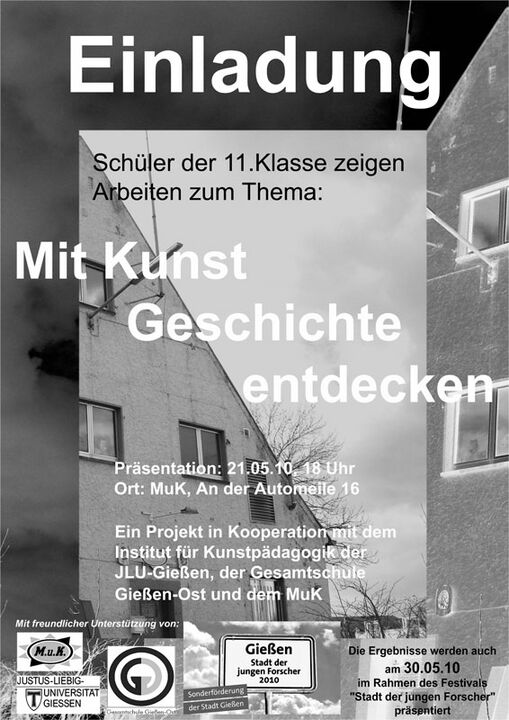
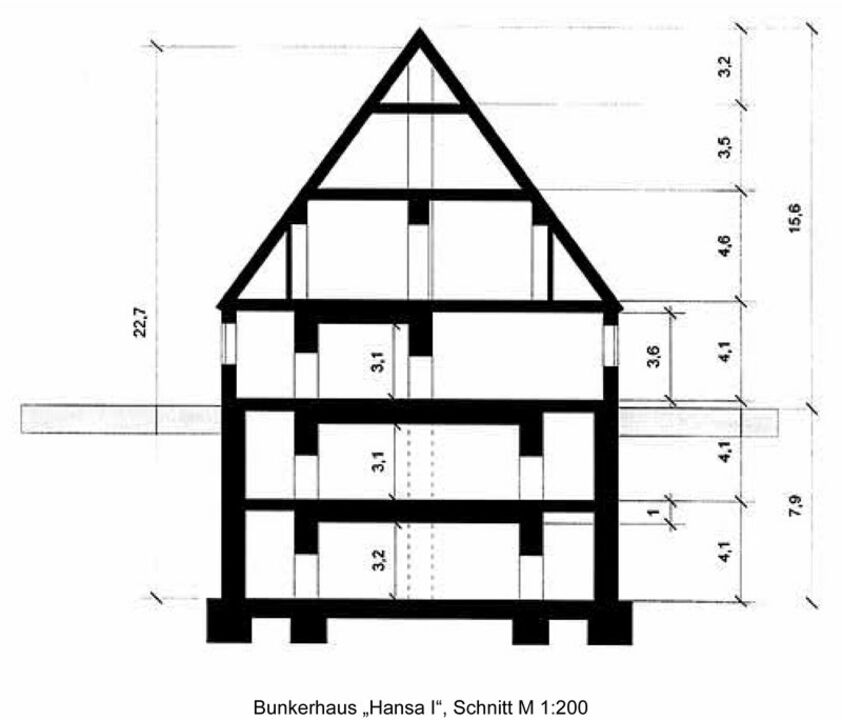
I. 1st Project day:
I. 1st Project day: Pre-exercises about discovering of works topics:
(1) Exercises with cardboard-frame on the sensibility of view/perception (composition/detail/color/diimension...)
(2) Exercises on the exploration of room with voice and sound in the cellar
(3) Exercises on the exploration of romm through the movement in ground floor
(4) Exercises on the exploration of room through interaction in first floor (Pupils stretch wool into the room)
(5) Exercises on the struscture of building by means of frottage
(6) Information about building's history
(7) Exercises with own camera
